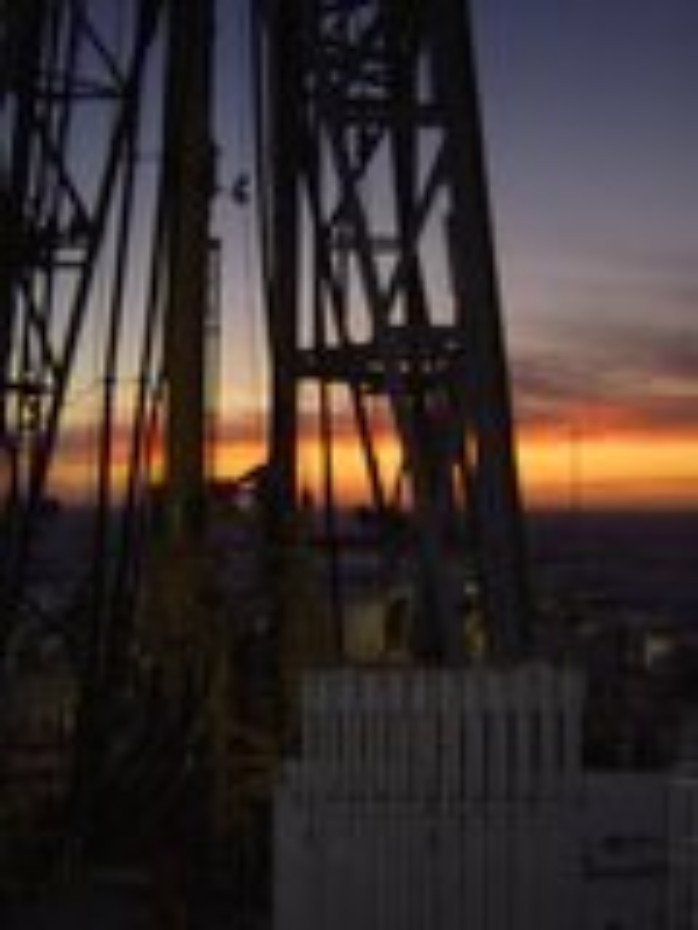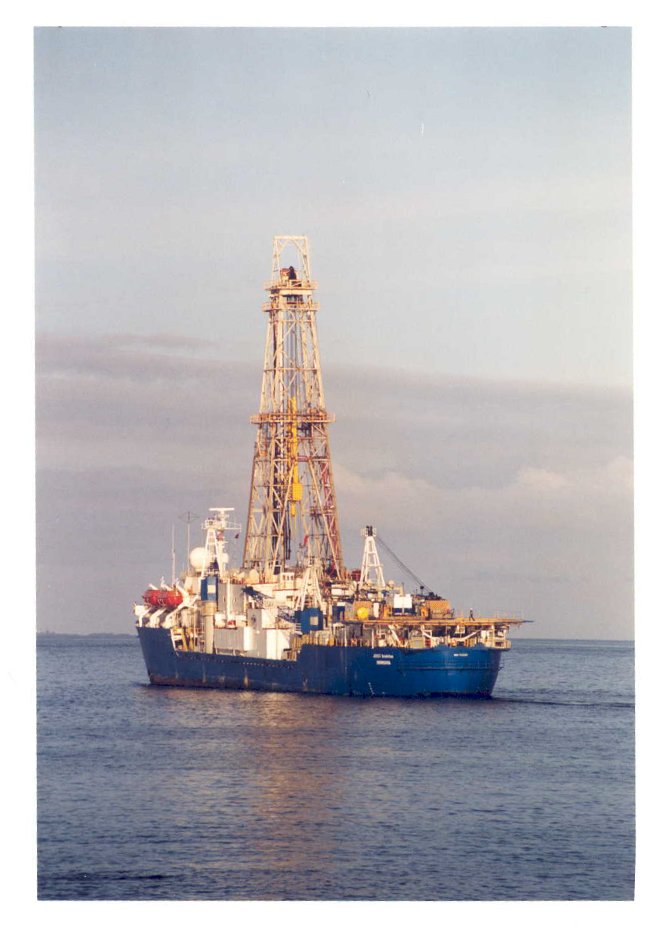Page path:
- Departments
- Department of Biogeochemistry
- Biogeochemistry Group
- People
- Tim Ferdelman
- Research
- Former Projects
- The Sub-seafloor Ocean
The Sub-seafloor Ocean
Oceanography and biogeochemistry of seafloor and sub-seafloor ecosystems
The surface and near-surface seafloor represents a plate of high microbial abundance, high microbial diversity, high microbial activity separating the vast deep biosphere habitat from the deep ocean water masses that dictate climate. This zone is characterised by a close interaction between microbes, which make up around 90% of the seafloor benthic biomass, and the less abundant (macro-)fauna. The latter, however, have a strong impact on functioning and diversity of seafloor habitats.
The “sub-seafloor biosphere”, or those sediments and rock ecosystems that are reside well below the sediment-water interface, is one of the largest habitats on planet Earth. Globally, the largest reservoir of organic carbon resides in marine sedimentary deposits that are buried to depths of hundreds of meters below the seafloor. These sediments provide a habitat for bacterial populations whose total combined biomass is estimated to represent ca. 10% of the Earth's total surface biomass.
Recent insights into the into metabolic activities of the deep marine sedimentary biosphere have been gained through various scientific drilling expeditions, including ODP Leg 201, IODP Expedition 329 to the South Pacific Gyre and other drilling and coring expeditions to the North Atlantic and South Atlantic, as well as extensive research in the Baltic and Black Seas.
The “sub-seafloor biosphere”, or those sediments and rock ecosystems that are reside well below the sediment-water interface, is one of the largest habitats on planet Earth. Globally, the largest reservoir of organic carbon resides in marine sedimentary deposits that are buried to depths of hundreds of meters below the seafloor. These sediments provide a habitat for bacterial populations whose total combined biomass is estimated to represent ca. 10% of the Earth's total surface biomass.
Recent insights into the into metabolic activities of the deep marine sedimentary biosphere have been gained through various scientific drilling expeditions, including ODP Leg 201, IODP Expedition 329 to the South Pacific Gyre and other drilling and coring expeditions to the North Atlantic and South Atlantic, as well as extensive research in the Baltic and Black Seas.
Ocean Drilling Projects & Expeditions
Research on the deep biosphere is closely connected with research activities within the Ocean Drilling Program (ODP) and the Integrated Ocean Drilling Program (IODP). Most samples have been obtained through scientific drilling onboard the scientific drilling vessel JOIDES Resolution. In September 2006 a workshop on "Exploring Subseafloor Life with the Integrated Ocean Drilling Program" was held in Vancouver, Canada. The report on that workshop can be read in the September 2007 Issue of Scientific Drilling.
For information concerning specific expedtions please follow the following links:
For information concerning specific expedtions please follow the following links:

